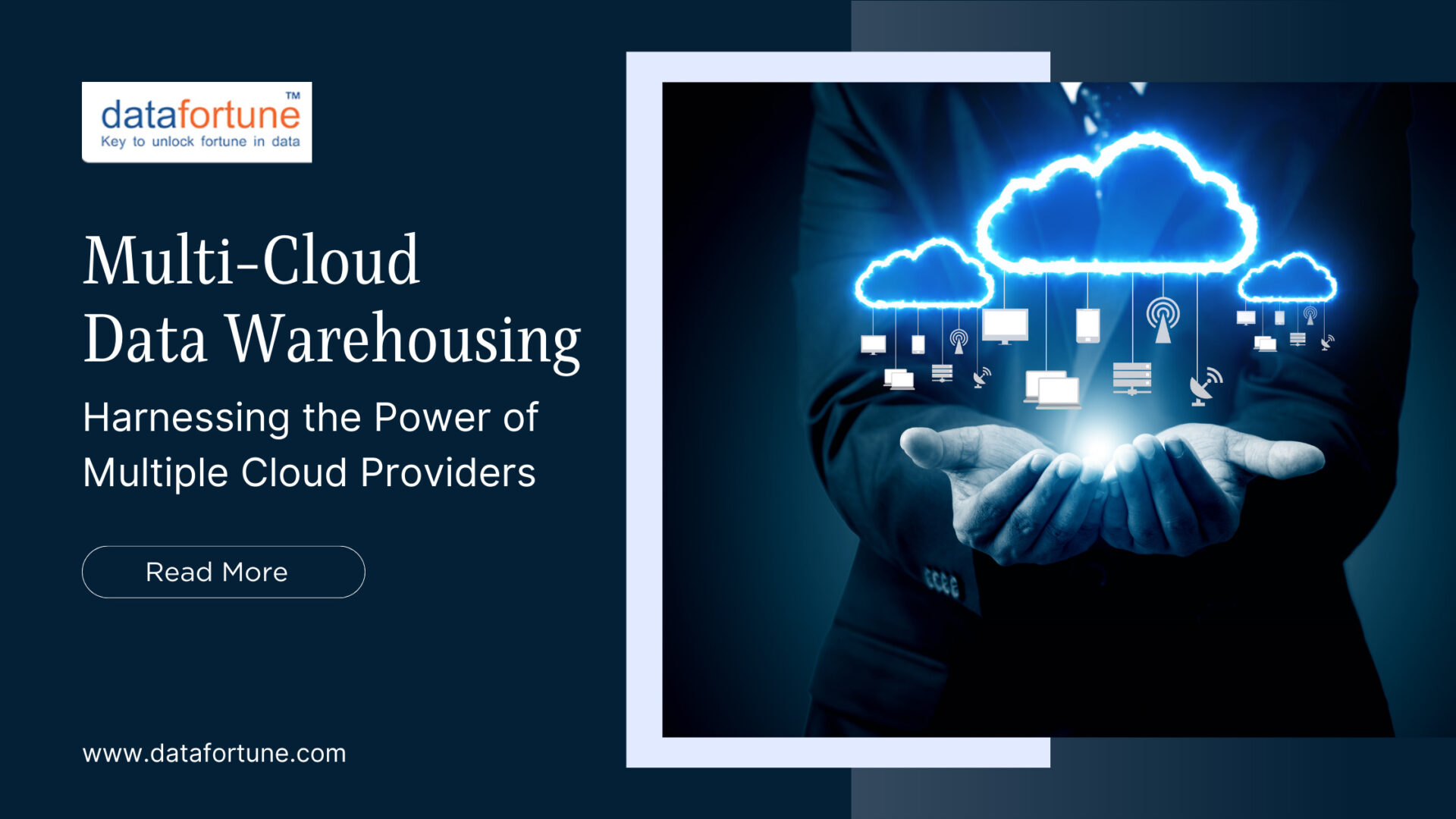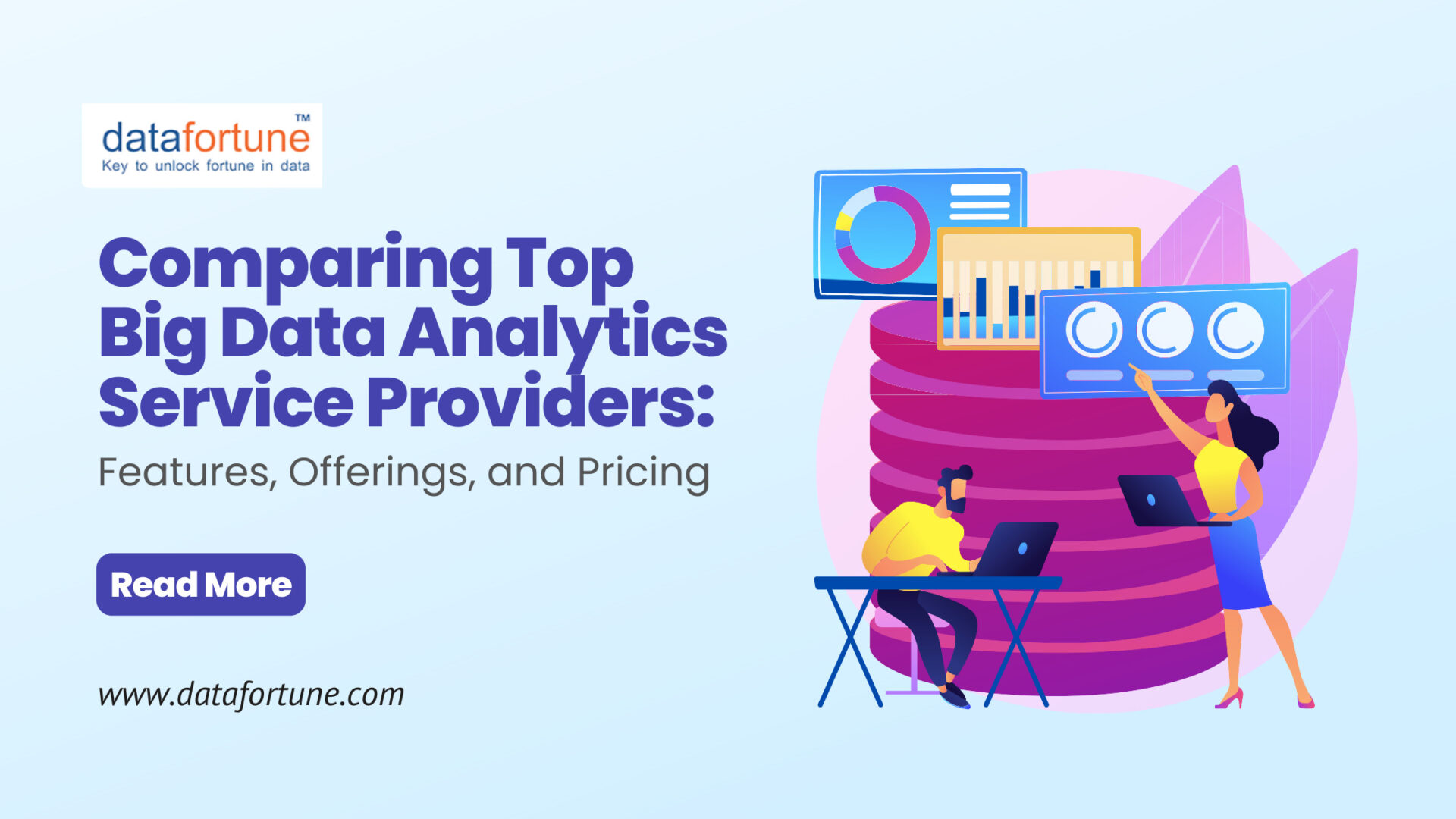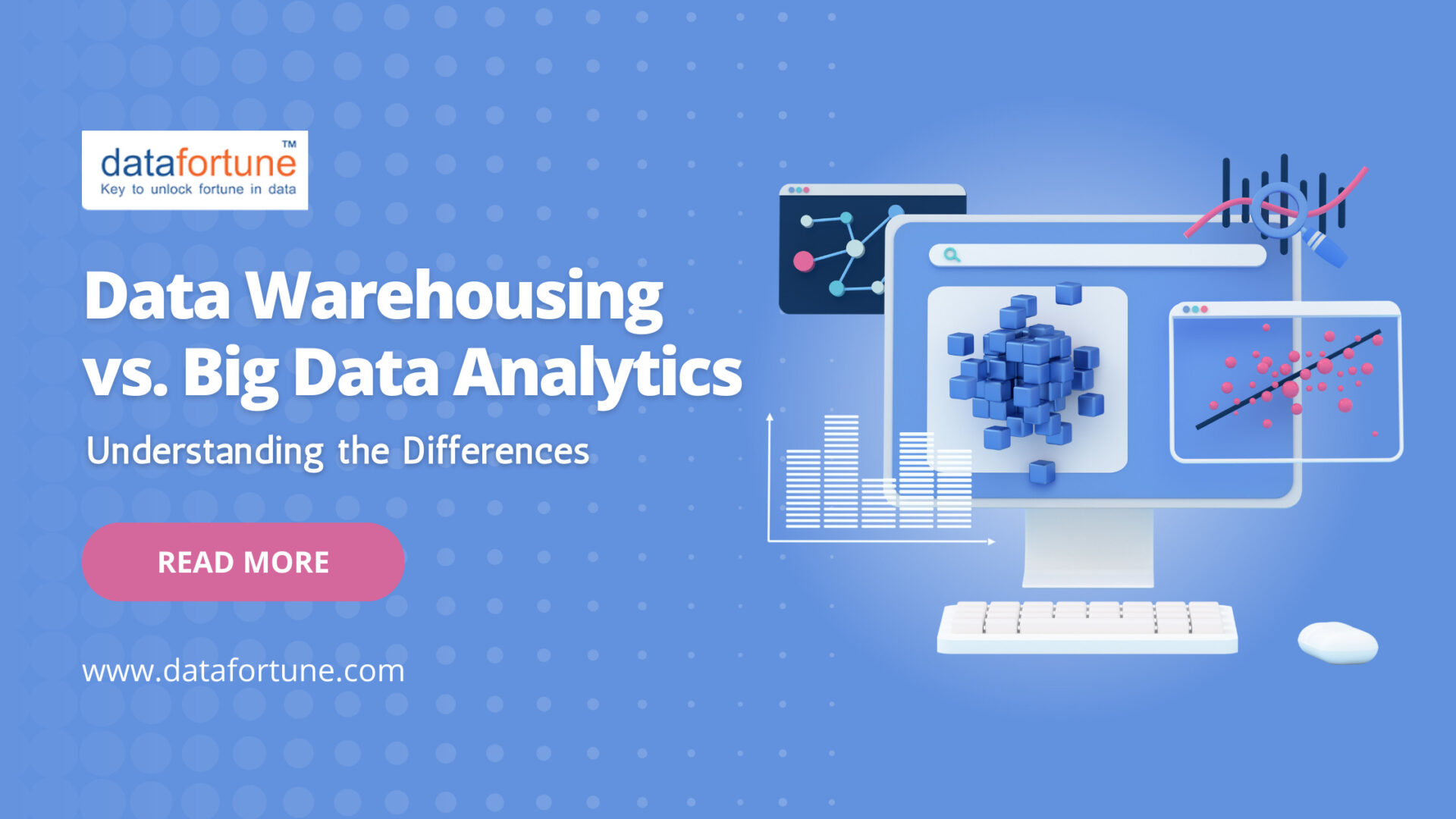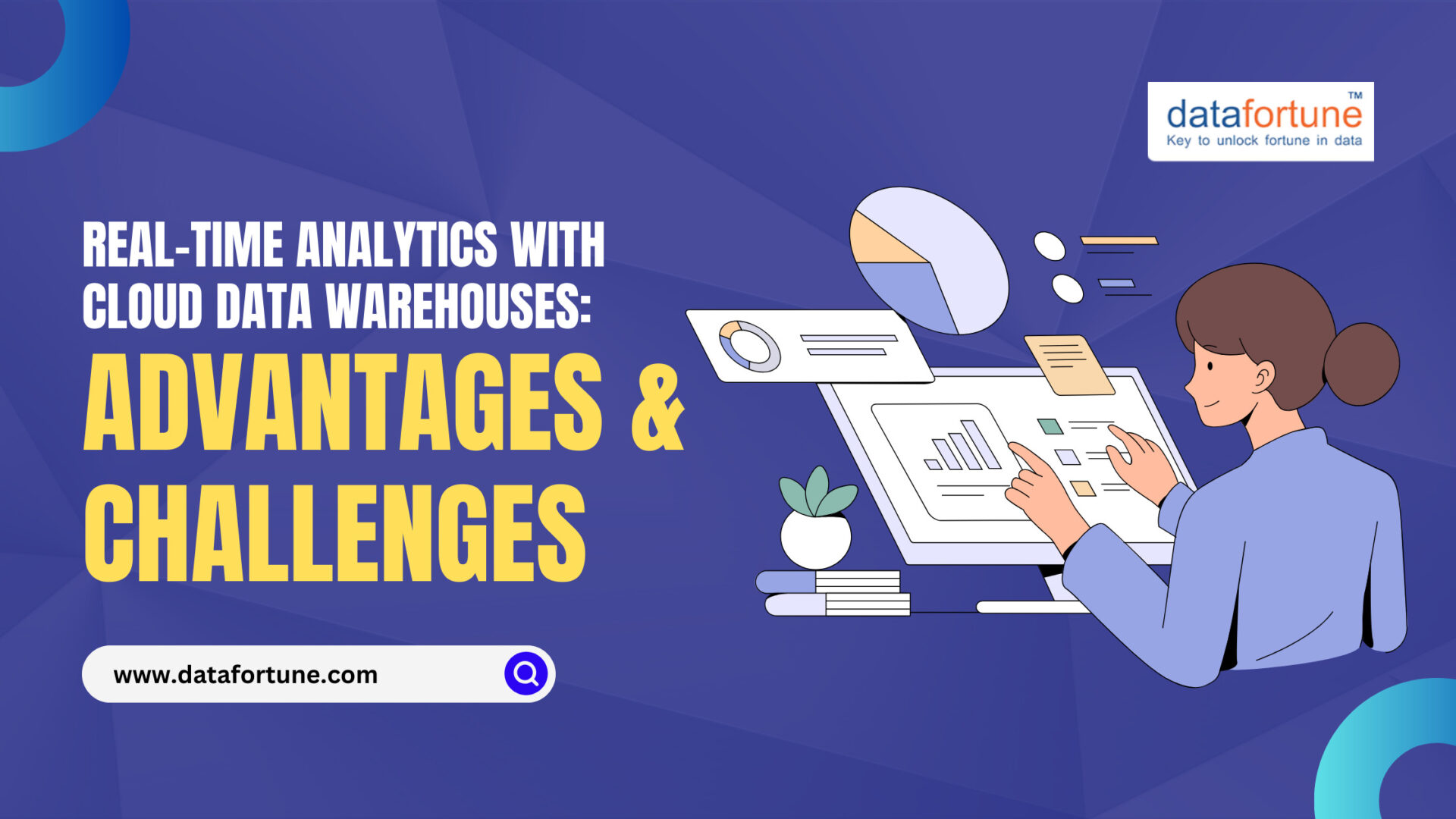

Datafortune Overview
Looking for Business Intelligence that aligns with your goals, business size and budget? Then we are the powerhouse that can enable your transformation and growth journey. What makes us to go-to-guys? We are a process driven yet people-centric company. Datafortune leverage top-notch technologies and experts after getting a complete grasp of your needs to deliver real world outcomes. Results that impact your high frequency decision making and accelerate your business – from the smallest nuance to the biggest. If you want to derive true insights from the data clutter, and have a trusted partner who can enable you along the way, then we are the ones who can make wonderful things happen for you. All with consistency, commitment and competence.
 Experience
Experience
We are value-driven organization, incepted by industry veterans with several decades of cumulative experience in technology and strategy.
 Quick Support
Quick Support
Our team of support specialists resolve technical concerns and provide every possible assistance for seamless functioning.
Empowered Techno-Strategic Solutions
for Higher Profitability & Sustainability
We are a sustainable partner, with value-driven and trustworthy professionals, passionate about technology and making a positive difference.
Choose us for sensible techno-strategic solutions and delightful results.
Technical Team
Our team of 110+ qualified, experienced, and dynamic professionals has been a perpetual contributor to our success. They precisely understand your needs and do what it takes to deliver the value that delights you.
Global Customers
Our extensive and long-running family of 90+ clients worldwide signifies our credibility across the global technology realm and qualifies us to handle even more challenging and significant projects.
Seek our Stellar Service
Enterprise Data Management
Your data keeps accumulating in your warehouse from every conceivable media, but the value of your data depends on what you do with it.
DISCOVER MORE
Microsoft Platform
We are a Cloud Solution Provider (CSP) for Microsoft and thus help you obtain a select SKUs which are available on Azure.
DISCOVER MORE
Application Development
Datafortune is a trustworthy, innovative, and value-driven mobile application development company.
DISCOVER MORE

Hire Developers
To transform complexity into simplicity; and ideas into reality, turn to our code warriors.
DISCOVER MORE

Niche Technologies
There are a lot of technologies that have overwhelmed the market. Come to us for the right ones.
DISCOVER MORE

Other Services
Over the years, due to demand and popular requests, we have developed other supporting services.
DISCOVER MORE
Need a Developer for Your Project?
Hire Developers that Make Technology Work to Your Benefit.
Latest news
and updates
Valuable tips, industry news, updates, and insights on the latest trends – catch up with almost everything concerning technology that matters to you and your business through the Blogs and Updates section.
Need a Developer for Your Project?
Hire Developers that Make Technology Work to Your Benefit.
Our Clients





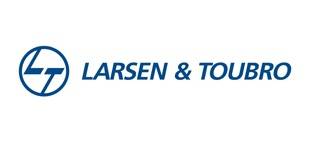


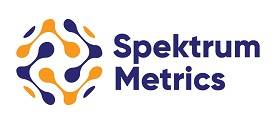
Hope you like what people
have to say about us as much as we do.








 Experience
Experience Quick Support
Quick Support

